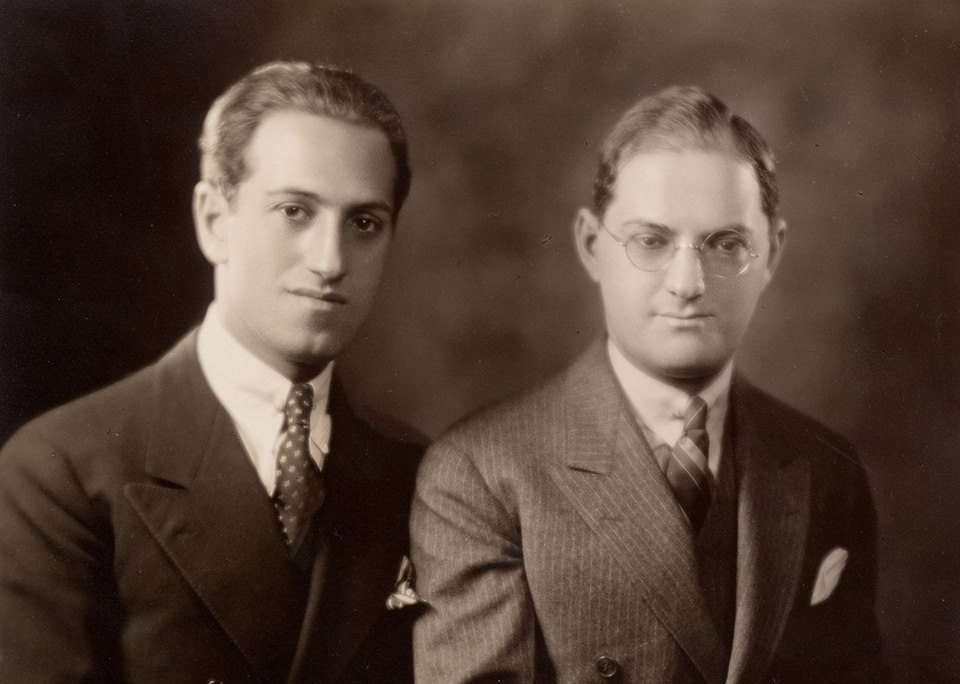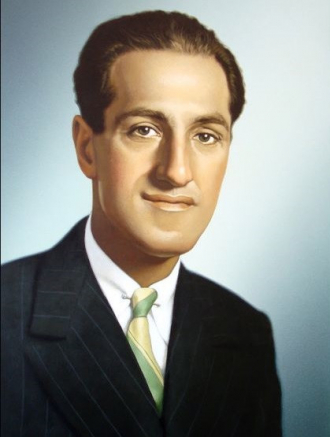George Gershwin
This is a photo of George Gershwin and Ira Gershwin his lyricist added by Amanda S. Stevenson on June 23, 2020.
Date & Place:
Not specified or unknown.


 Amanda S. Stevenson
Amanda S. Stevenson 

